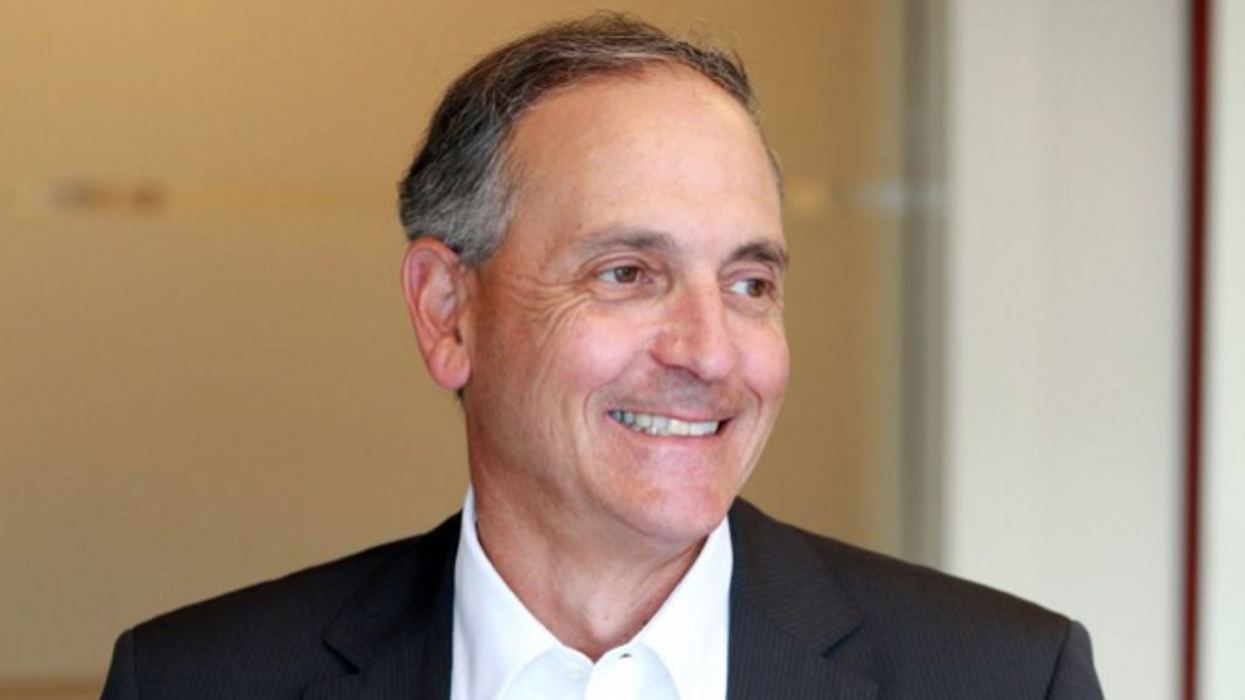It's back to square one for Sidewalk Labs and Waterfront Toronto.
The tripartite public agency and Sidewalk announced today that they have returned to the original proposal they both agreed to in 2017. That leaves the latter’s hugely ambitious Port Lands plans dead in the water.
Back then, the New York-based company won an international competition to develop a 12-acre site south of Lake Shore Blvd at the foot of Parliament St. Sidewalk’s winning scheme was conceived as a testing ground for various sorts of urban technology that would enable the firm to build a city of the future “from the internet up.”
READ: Here’s What Downtown Toronto’s New Island Will Look Like
Though the bid had much to recommend it, many Torontonians, ever suspicious, feared Sidewalk hoped to implement some sort of high-tech Yankee plot to steal the city’s data and take away its waterfront.
In the hullabaloo that followed, Sidewalk’s commitment to leading edge concepts such as wooden towers, modular sidewalks, underground utilities, traffic sensors and weather responsive buildings was soon lost in the hysteria about how data collected at Quayside would be used.
It didn’t help that Sidewalk’s sister company, Google, is one of a handful of global tech giants that already controls our lives in
ways that until recently would have been unimaginable.
READ: Sidewalk Labs’ Master Plan For Toronto Waterfront Raises More Questions
Clearly, newly appointed Waterfront Toronto chair, lawyer-turned-developer Steve Diamond, has taken steps to reassert the agency’s authority over the waterfront and its revitalization. That became necessary after Sidewalk released a two-volume outline of its plans for the Port Lands in June. Those plans, which went well beyond WT’s expectations let alone the terms of the original agreement, were as audacious as they were compelling.
As Sidewalk CEO Don Doctoroff pointed out, the scope of his company’s vision for Toronto’s long neglected Port Lands encompassed more than Quayside. He was right, of course: Sidewalk’s proposed autonomous vehicle system, for example, doesn’t make sense at so small a site.
The fact remains, however, that process and outcomes are inextricably linked.
READ: Sidewalk Labs’ Waterfront Project Under Fire From Industry Leaders
Since Waterfront Toronto was formed by the federal, provincial and municipal governments in 2001, it has miraculously managed to avoid the hostile and usually self-serving interventions of various politicians – including then Toronto city councillor, Doug Ford – and shown the world what urban excellence looks like.
Along the way, WT has revealed Toronto city planners and their council bosses for the pikers they are.
That point was made again this week when WT informed Sidewalk in no uncertain terms that it could not count on government to build the LRT promised more than a decade ago. Back then the idea was that future waterfront residents would never be more than a five-minute walk from public transit.
READ: Sidewalk Labs Plans To Expand Toronto’s Quayside Project
Needless to say, neither Toronto nor Ontario possesses the ability or the political will to deliver on such a promise, regardless of how foundational it may be to waterfront redevelopment.
Indeed, transit planning in these parts has been dysfunctional for decades. In the history of failed schemes and broken dreams, the waterfront LRT rates little more than an asterisk.
As much as anything, the document WT sent Sidewalk was a sad reminder that government – civic and provincial – cannot keep up with the waterfront possibilities raised by either player. The question of data management, which has dominated the discussion since 2017, is another instance of the public sector’s inability to deal with such thorny issues.
READ: Here’s What The Brampton-Mississauga Hurontario LRT Line Will Look Like
Regardless, even a limited 12-acre site will give Sidewalk a significant opportunity to begin its exploration of what it means to
build a smart city.
After all, when the WT request for proposals first went out two years ago, it was enough to draw a detailed response from Sidewalk. Both it and Toronto have much to gain from the project. That fact has been lost in the furor over who gets what from the arrangement.
And let’s not forget that the land at the heart of the controversy is an empty property several years and over a billion dollars short of realizing its full potential.
READ: Brampton Transit Improves Links To The GO Train
So far, the closest the city has come to showing any awareness of the site comes in its $2.3-billion plan to replace the east end of the Gardiner Expressway with an enlarged version that would loom ominously over Quayside.
Today's agreement demonstrates that Sidewalk has more confidence in Toronto than do many of the city’s elected leaders. It sees possibilities for the lower east side that are far more attractive than anything proposed by city officials who would happily consign Quayside to the permanent shadow of a raised expressway.
The future may be at hand, but that doesn't make getting there any easier.





















